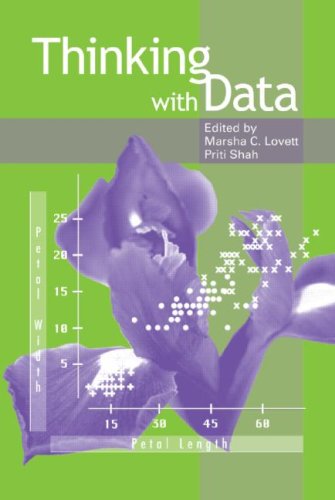

Most ebook files are in PDF format, so you can easily read them using various software such as Foxit Reader or directly on the Google Chrome browser.
Some ebook files are released by publishers in other formats such as .awz, .mobi, .epub, .fb2, etc. You may need to install specific software to read these formats on mobile/PC, such as Calibre.
Please read the tutorial at this link: https://ebookbell.com/faq
We offer FREE conversion to the popular formats you request; however, this may take some time. Therefore, right after payment, please email us, and we will try to provide the service as quickly as possible.
For some exceptional file formats or broken links (if any), please refrain from opening any disputes. Instead, email us first, and we will try to assist within a maximum of 6 hours.
EbookBell Team

4.8
44 reviewsThe chapters in Thinking With Data are based on presentations given at the 33rd Carnegie Symposium on Cognition. The Symposium was motivated by the confluence of three emerging trends: (1) the increasing need for people to think effectively with data at work, at school, and in everyday life, (2) the expanding technologies available to support people as they think with data, and (3) the growing scientific interest in understanding how people think with data.
What is thinking with data? It is the set of cognitive processes used to identify, integrate, and communicate the information present in complex numerical, categorical, and graphical data. This book offers a multidisciplinary presentation of recent research on the topic. Contributors represent a variety of disciplines: cognitive and developmental psychology; math, science, and statistics education; and decision science. The methods applied in various chapters similarly reflect a scientific diversity, including qualitative and quantitative analysis, experimentation and classroom observation, computational modeling, and neuroimaging. Throughout the book, research results are presented in a way that connects with both learning theory and instructional application.
The book is organized in three sections: